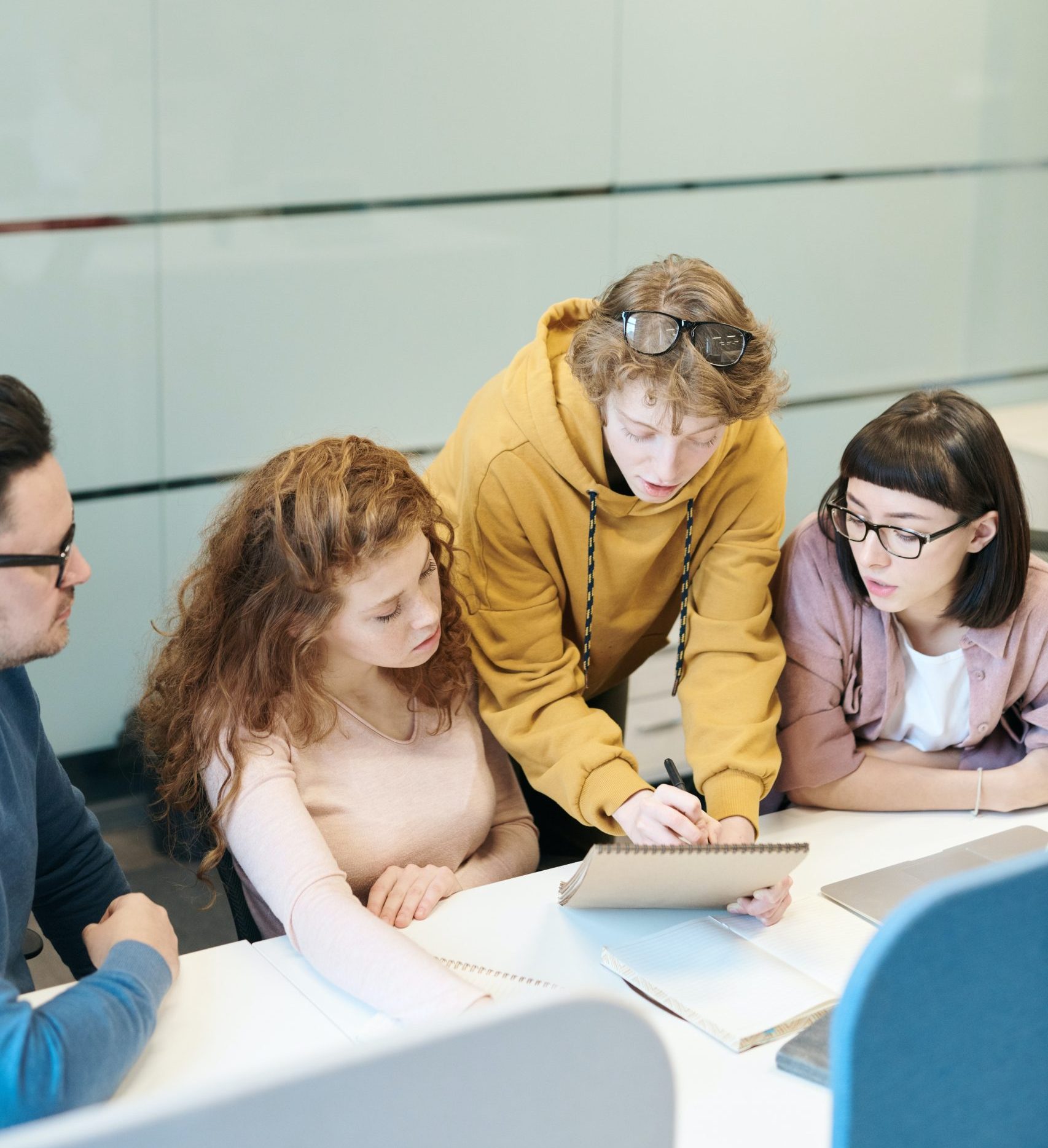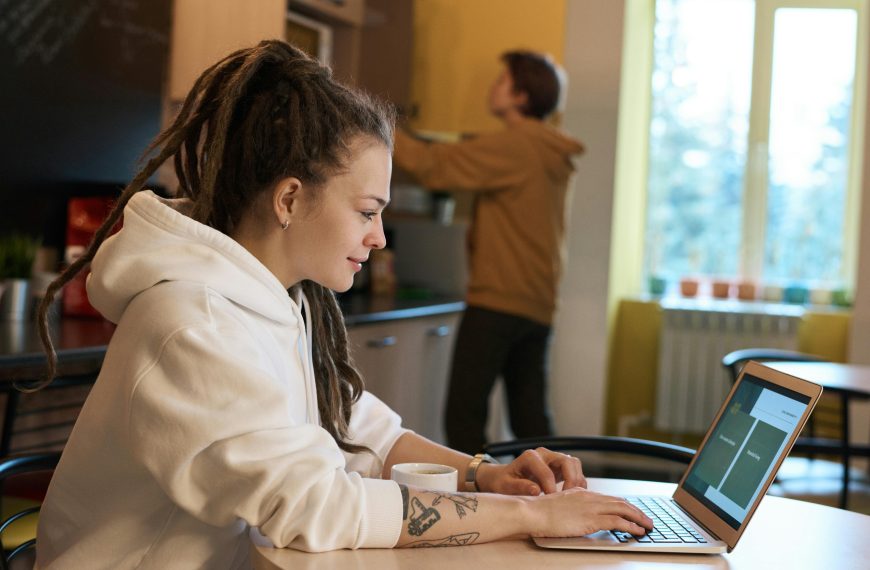March 20th is the International Day of Happiness – a global event sponsored by the United Nations to promote the idea of being happy as a human right and to nurture and celebrate it. We all instinctively try to pursue ‘happiness’. Each one of us will have different strategies, some more productive than others. How happy we are matters because it is intrinsically linked to our wellbeing.
What is happiness anyway? Perhaps we need to go and seek happiness somewhere in the world, or we can get it once we’ve achieved something. It’s common for people to go through life thinking “When I have X, then I will be happy” – the X could be the perfect partner, a new job, a better car, or the latest smartphone. But all of these are in the outside world. If we take a moment to reflect, this doesn’t fit with our experience of happiness as something happening in our inner world. We might get X, but it doesn’t always make us happy inside. Perhaps it’s not ‘out there’, but ‘in here’.
At Complete we see happiness as a feeling – a label we give to a recognisable emotional state that we feel in our bodies. If you recall a strongly happy experience, you will stimulate the emotion again. Try this now – close your eyes, remember a situation when you were very happy, put yourself back in the memory and luxuriate in it. After a couple of minutes continue reading.
I bet you’re smiling right now, maybe even grinning! And your muscles are probably more relaxed, less tense. And your breathing rate has probably become more regular. The feeling of being happy is most likely focused in the centre of your chest or heart area. How far this extends through your body, the intensity and how it moves, depends on how happy you are feeling. This is the energetic signature of ‘happy’. It’s your physiological energy in motion, or e-motion.
Every emotion we feel has a unique pattern of energy – its location, size, shape, intensity and movement. It’s even possible to sense the temperature, colour and sound of an emotion! When we consciously experience the energetic pattern and label it, we feel it and e-motion becomes a feeling.
So how can we be ‘happy’? First, it’s helpful to realise that ‘happy’ has lots of variations, meaning we have lots of ways to be happy. We can be content, appreciative, ecstatic, optimistic, blissful and joyous, to name just a few. Our Complete App contains a map of the ‘universe of emotions’ with over 2000 emotions plotted on a grid. Heart rate, which conveys your energy level, is the vertical axis and positive/negative is the horizontal axis. Happy is far over to the positive left and just above average heart rate. If you zoom out from there, you’ll find a whole region of happiness to explore.

I’m sure you all have your own tactics to pursue happiness. I love to be outdoors in nature, walking and noticing all the birds and plants around me. You might like to go to a bar with some mates or have a movie night at home with your partner… or something else entirely. Of course, sometimes these tactics don’t work. It’s too muddy or cold to go for a walk. Your mates aren’t free. You just can’t find the movie you both want to watch.
When our usual tactics to be happy fail us, there is still a way to get there. If you rehearse the emotional state of ‘happy’, and describe its features really well, you can recreate it. In fact, you did this earlier as you were reading this article! You didn’t need to go anywhere or rely on anyone but yourself. Your happiness is available inside you all the time, if you take the time to truly notice it and nurture it. The trick is to master a genuine emotional experience, not an imagined one. Recalling a ‘magic moment’ works, but even better is to notice it as it happens.
In fact, any emotion can be rehearsed and mastered, so that you have an easily retrievable experience of it. In Roald Dahl’s book, The BFG, the Big Friendly Giant is a dreamcatcher. He captures people’s dreams in glass bottles that swirl with colourful energy. I invite you to be your own ‘emotion-catcher’. Collect your positive emotions as you experience them. Describe them in as much detail as you can, and then rehearse them so that you can uncork the bottle labelled ‘happy’ whenever you need it.




